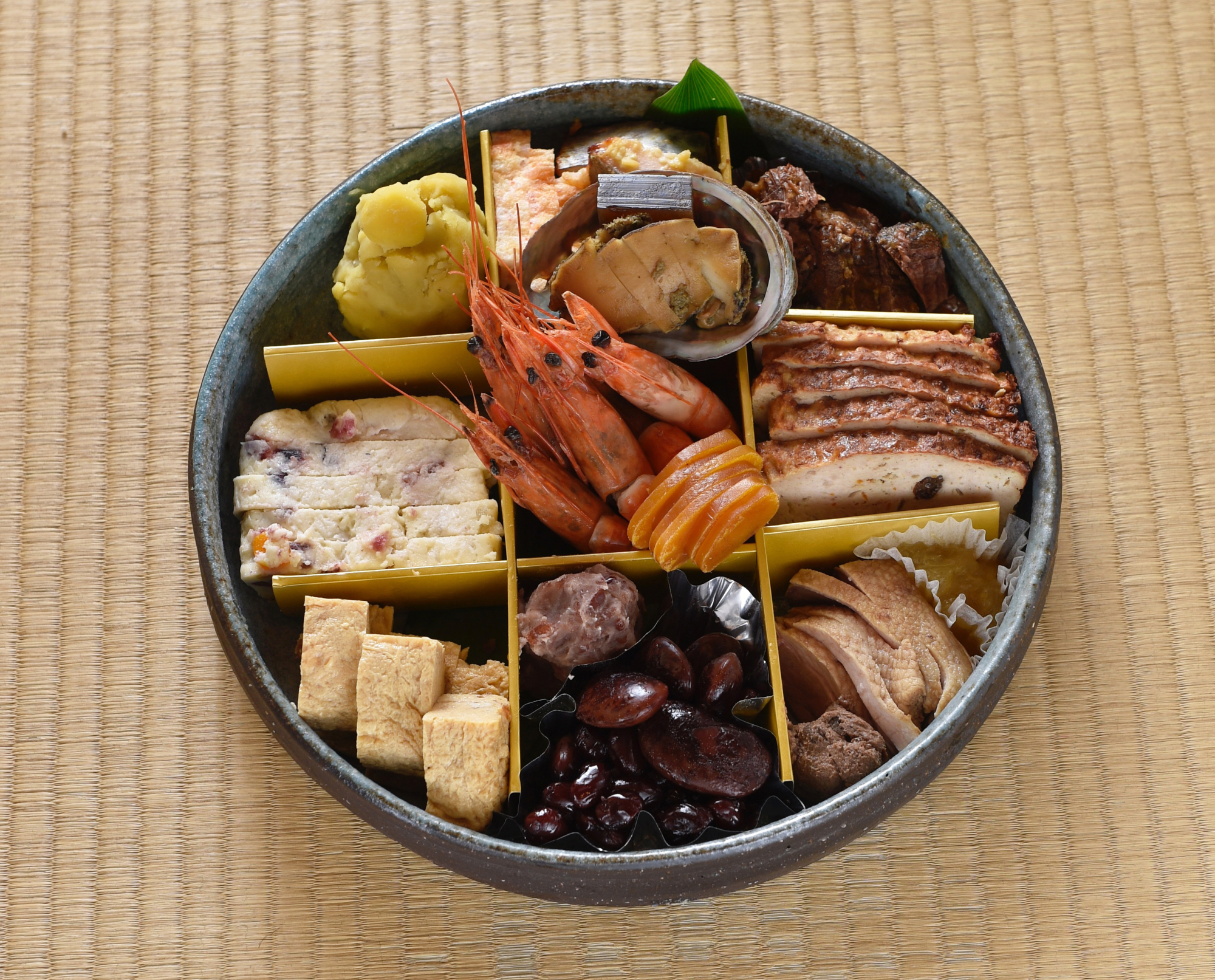During the New Year's holidays, many Japanese eat osechi ryōri, a collection of traditional foods developed during the Heian Period (794-1185). It originally consisted of fish or vegetables simmered in soy sauce and sweet mirin but, as the years passed, other foods were incorporated into the compendium of dishes, including those that had symbolic significance for health, longevity, fertility and good fortune.
In 1988, the year I first came to Japan, the tradition of making osechi ryōri from scratch was already on the wane. Other New Year's holiday customs, particularly visiting the homes of close friends and relatives on the first days of January, were still firmly in place, but within a decade, even these were becoming rare. Fewer and fewer families had a familial farmhouse to return to, and the design of new houses didn't — and still doesn't — encourage visitors. No one would think of walking into a modern Japanese house or apartment without knocking and then announcing themselves by shouting "Gomen kudasai!" ("Sorry, is anyone home?"). Today's houses remain locked and almost hermetically sealed, unlike the farmhouses that allow air to flow freely between outside gardens and inside rooms.
In the days when farmhouses were more prevalent, all members of the family — including the men — would clean their large and dusty house at the end of each year. Papered wooden-framed doors were meticulously cleaned or repapered and a damp cloth was taken to every surface of the house. This kind of comprehensive yearly clean has become less necessary in the airtight apartments of modern Japan.



















With your current subscription plan you can comment on stories. However, before writing your first comment, please create a display name in the Profile section of your subscriber account page.